Infrared Image Gallery 2
See What's Really Going On!

This is an exterior wall with no insulation issues. The locations of the structural members are clearly visible in the infrared image, with colder studs transferring heat onto the interior drywall.


During the colder months, a well-insulated wall will show cold structural members (see image above). In this home, the studs are warmer than the cavities, which clearly indicates a lack of insulation behind this particular wall.
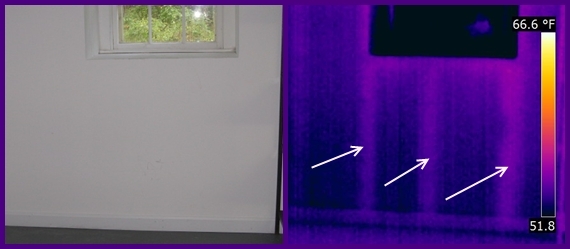

This is another home with the same issue—empty wall cavities. An uninsulated wall like this is equivalent to leaving your windows and doors wide open.
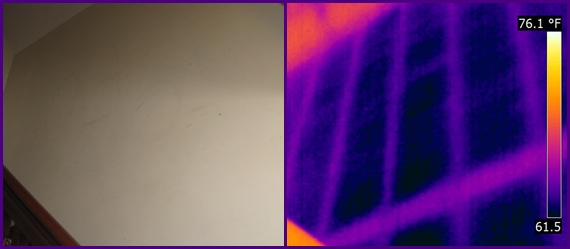

The attic cavity above this ceiling was not accessible, as no openings were provided for my inspection. However, that didn’t stop me from investigating further. My infrared camera easily detects poor insulation installation, and the heat loss here would be substantial.
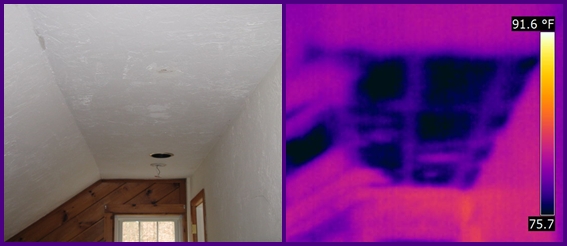

While this lower ceiling surface looks fine visually, my thermal imaging camera detects a significant void.
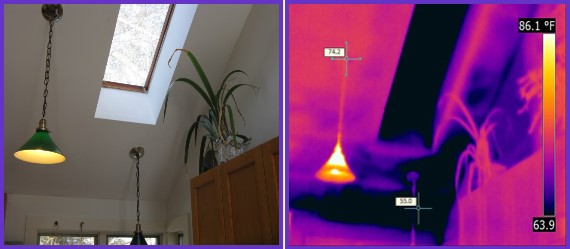

This newly constructed home had missing insulation in the corner of this room.
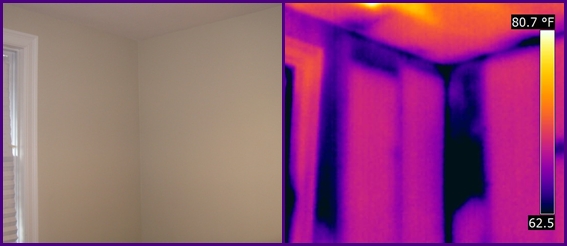

These outer ceiling cavities are allowing excessive cold air to enter the living area.
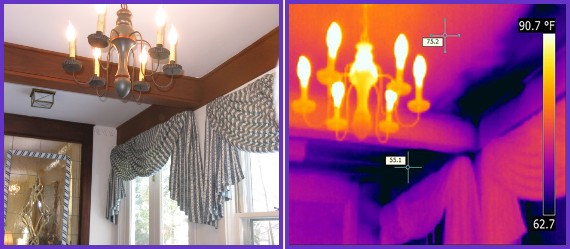

This wall looks fine until my infrared camera detects settled insulation.
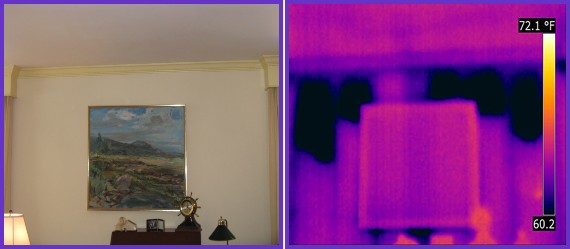

My thermal imaging camera detects more settled insulation
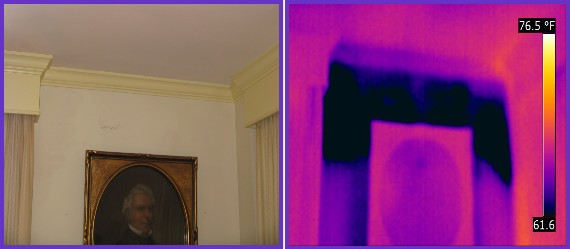

Infrared imaging detects cold air infiltrating through the lower left window framing and all outer floor cavities.
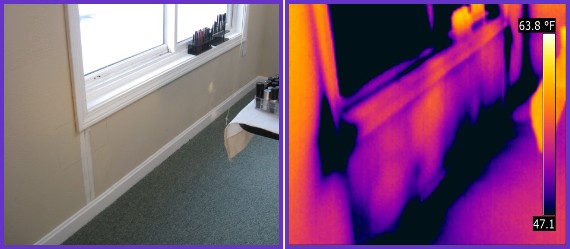

A client inquired about ice damming on their roof. The voids at the rear of these two skylights are clearly visible. These voids allow interior heat to escape, causing the snow on the roof above this area to melt.
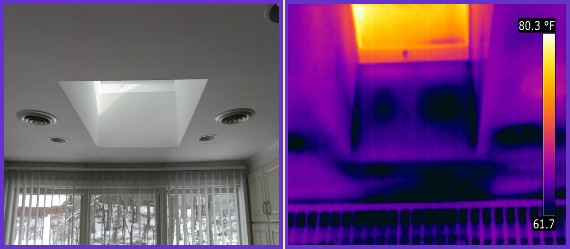
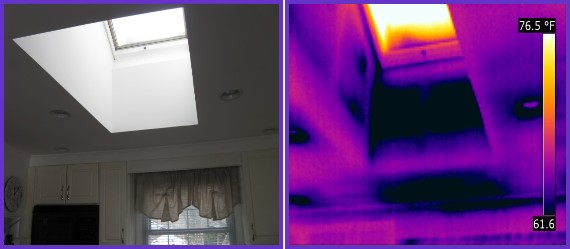

The soffit around this skylight contains recessed lighting that does not allow insulation contact (Non-IC lighting), as per the manufacturer's specifications. Upgrading to more expensive recessed light fixtures that allow insulation contact (IC lighting) is necessary to properly insulate this ceiling cavity and prevent ice damming at the exterior roof edge.
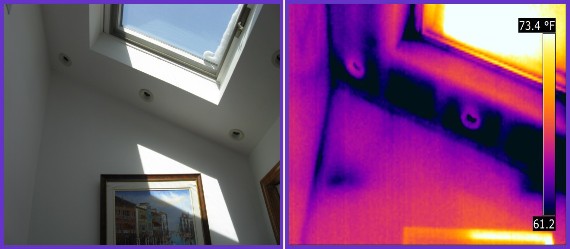


The stud cavities around this window were clearly uninsulated.
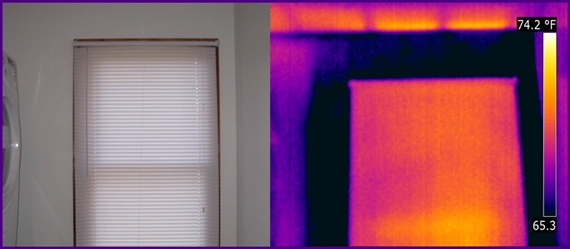

Cathedral ceiling cavities are difficult to inspect visually, but thermal imaging has no such limitations. My infrared camera detects missing insulation along one side of the gable. The heating costs here will be significant.
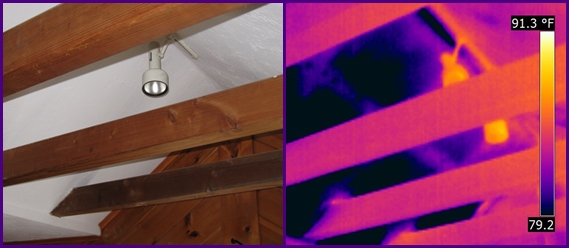

The cellulose insulation in these wall cavities has settled significantly.
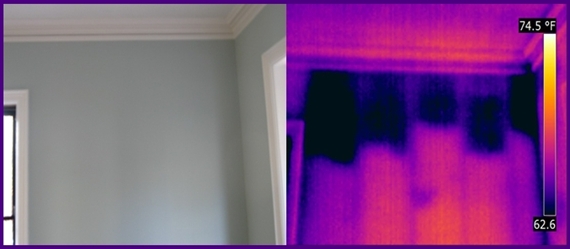

More settled cellulose insulation. The infrared also detects heat piping behind this wall, located at the top right of the IR image.
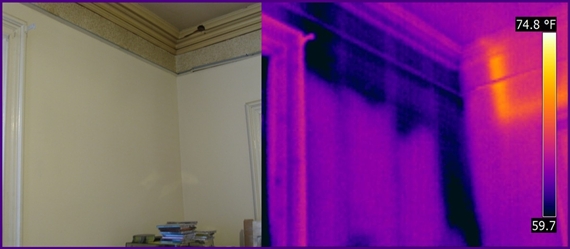
For more information, please go to the top right corner and click "Navigate."